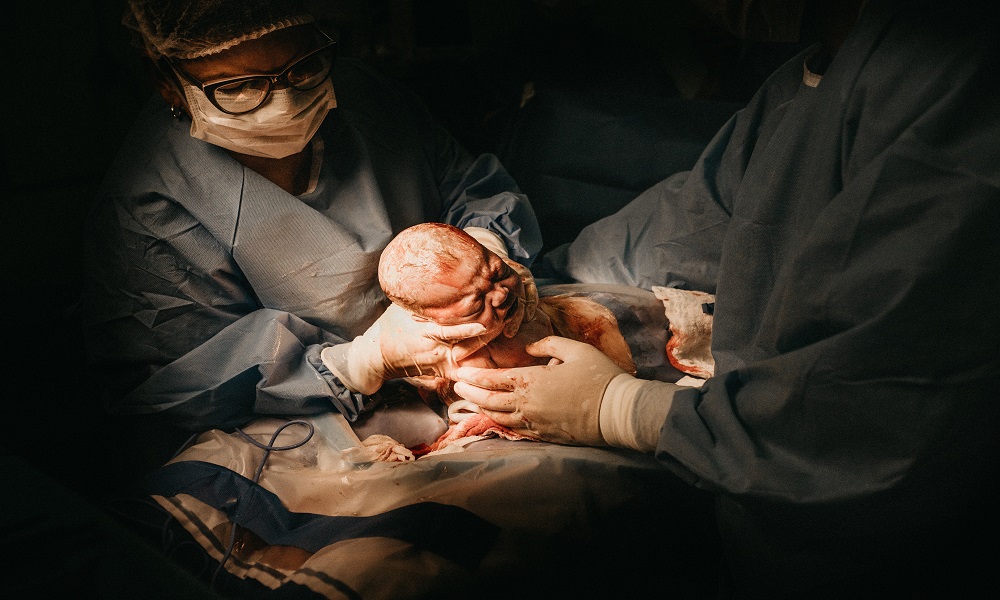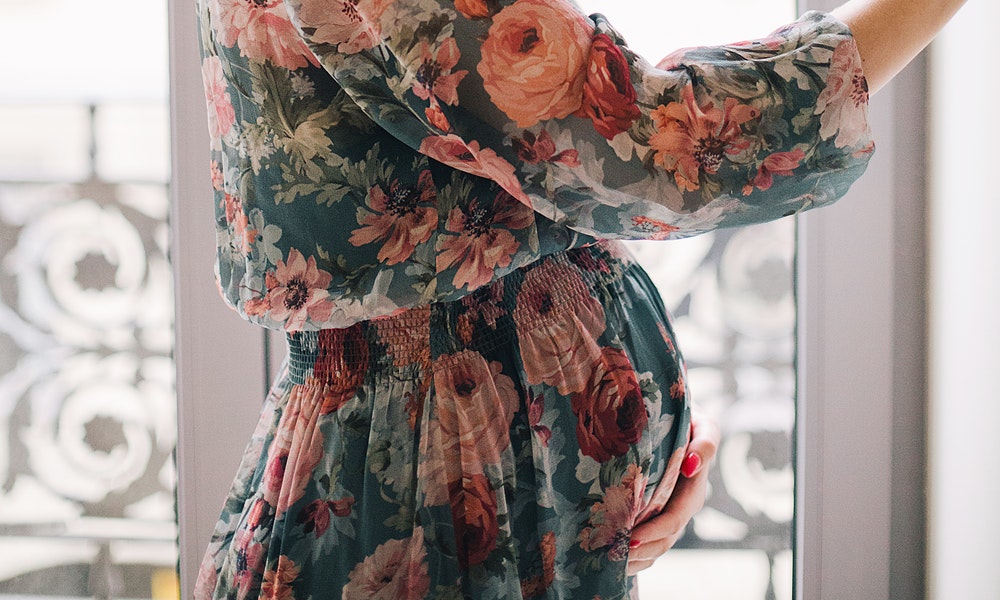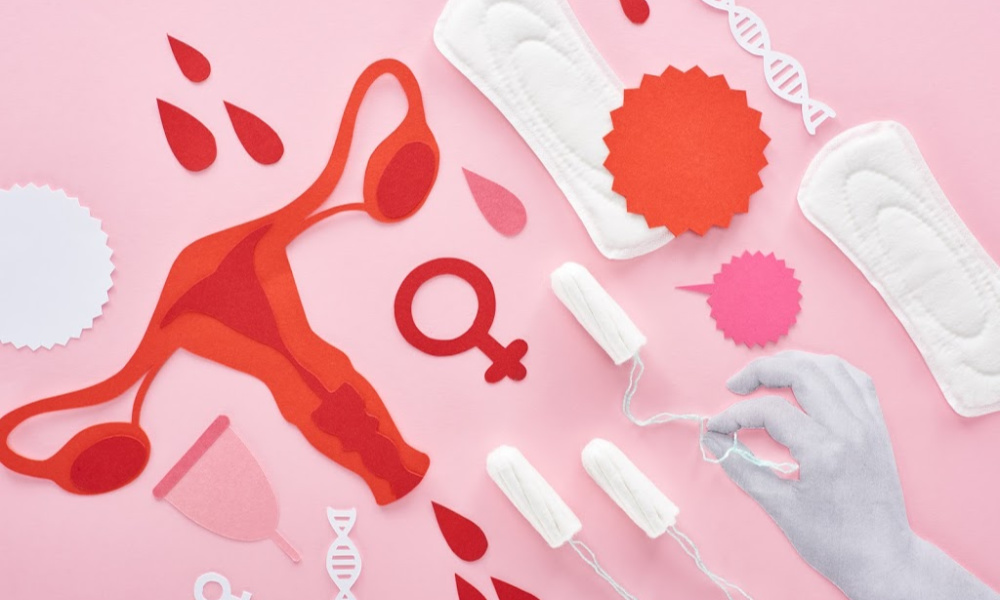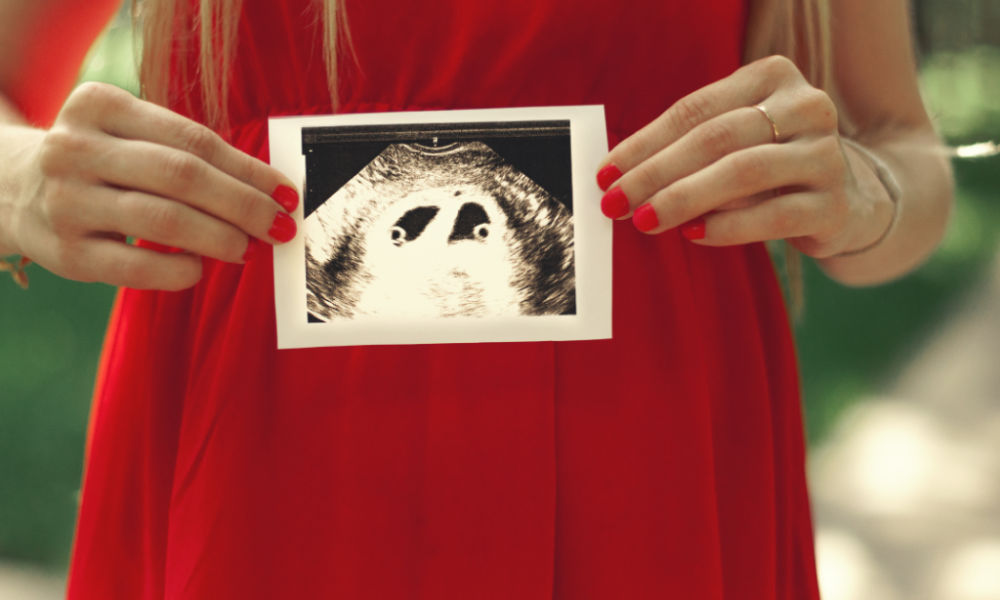Csection Incision Care – How To Care For A C Section Incision Infection
Pregnancy is a milestone in a woman’s life, and it comes with a series of challenges that start from the very first day when a woman conceives until the baby has been delivered. Another series of challenges start when the baby is delivered, and the woman goes into postpartum.
Postpartum is the time after the delivery of the baby until 6 weeks following pregnancy. This period makes a woman extremely vulnerable in her state while she becomes physically and mentally exhausted. Not only does she have to take care of herself, but she also has to take care of her newborn in her state that she is in.
This period becomes hard on a woman without family support. It becomes even hard if a woman has gone under a knife to deliver a baby, which means she has had a Csection
, and now her lifestyle and her habits may be largely influenced because of the wound.
Taking care of Csection Incision is not easy. A wound makes it harder to move around or to do things on your own. A scar may take days or even weeks to heal depending on the length and the depth of the wound, but no matter how long it takes, taking care of a scar is not an easy job and during the time when a woman has to live with a scar, it comes with many painful and sleepless, not forgetting the discomfort and other side effects that come with it.
Going under a knife is never an easy job. It may hurt and become very painful during the first few days, but it leaves a scar that is a long-lasting reminder of the reason you got it. However, when a woman becomes a mother, she forgets all the ordeals that she had been through during her pregnancy and after the birth of her child because the birth of her baby is a great miracle and brings immense happiness and pleasure in her life.
There is little to do with the scar once a woman gets it. Fortunately, it heals pretty soon and, in most cases, does not become complicated if it is taken care of properly. There are very few things that can go wrong with an incision wound, and it does not require special attention. With c section scars, a woman has to be extra careful so that the scar does not give her more pain. Otherwise, the wound will heal soon, and the woman will be free of pain quickly, too.
In this article, we will discuss Csection Incision Care . A woman who has gone through a c section for the first time in her life may want answers to her question, and we have provided a complete guide as to how to take care of yourself and how you can recover from a c section scar quickly.
Keep reading the article below to know everything about a c section incisions and more.
What is a C section?
A c section, also known as the Cesarean section, is a surgical procedure that helps a woman to deliver her baby. Unlike a vaginal delivery, a Csection requires a woman to go under anesthesia, get an incision on her lower abdomen, and deliver the baby.
This means, after the baby is born, the doctor will close the incisions by pulling together the layers of the abdomen and closing them with a suture. In other words, it will take some time to heal from a c section than a vaginal delivery, and it may even prolong the overall recovery of a woman from delivery.
When does a woman need a C section?
A c section is performed when vaginal delivery becomes complicated and hard. In such cases, the doctors will inform the woman and let her know the risks of delivery through the natural method. A c section is done in the following cases where:
-
The head of the baby is big:
Some babies are born macrosomic, which means they are larger in size than regular babies for some reason. When this happens, it makes it harder for the woman to push such a large size baby through her vagina, especially the head of the baby, and the vagina can’t permit the delivery of the head because of the size. If a woman delivers in this way, it may lead to many complications, including birth trauma to the baby and also the mother.
Hence, a doctor advises the mother to deliver her baby through a c section where the chances of birth trauma are minimal.
-
Breech presentation:
The typical presentation of a baby at the time of birth is headfirst. If any other part of the body presents first, it may lead to birth complications. Even though it is extra hard to deliver a baby with a breech presentation through the vagina, it is completely impossible to do so. However, it comes with risks that the doctor would rather avoid and opt for a C section.
-
Mother’s life is at risk:
If a woman has a history of high blood pressure or seizures before or during her pregnancy, it makes her pregnancy
a high-risk pregnancy where a doctor would have to perform n emergency C section to save the life of the mother if things are not under control and are a danger for the life of the mother.
To control the condition and take things back to normal, the best option is to deliver the baby. Therefore, a doctor will deliver the baby via c section.
-
Previous C Section
A woman who has gone under the knife with her previous baby has to go under the knife again for her current baby. Even though it is not necessary, but in most cases, a c section delivery is almost always followed by a c section delivery.
-
Complications at the time of birth
There are several life-threatening complications that may arise during pregnancy or at the time of labor. Such complications include abruption of the placenta, abnormal position of the umbilical cord, reduced oxygen supply to the baby, and many other things. In such situations, a doctor would look forward to delivering the baby than making things even more complicated.
Types Of Incisions:
An incision of the C section is of two types:
-
Vertical incision:
A traditional type of incision, which is now reserved for emergency cases only. A vertical incision is where a doctor makes an incision from the below the navel till the pubic hairline in a vertical fashion.
Doctors do not readily make vertical incisions because it takes more time to heal and leave a worse scar in comparison to a horizontal incision. For this reason, vertical incisions are made only when a doctor has to deliver the baby quickly in cases where the fetus may be going into distress, and the doctor does not have a lot of time in hand to perform the more intricate horizontal line incision.
-
Horizontal incision:
The more common of the two incisions, a horizontal incision is a widely practiced incision to perform when delivering a baby through a c section. It takes lesser time to heal and promotes better healing because it did parallel to the lane of the skin. This type of incision is made under the pubic hairline, and it does not show prominently as it fades into the skin with time.
Here, a doctor sutures the layers of the abdomen in the same manner, and there are little chances of complications with a horizontal incision in comparison to a vertical incision.
Risks of a CSection:
There are many risks associated with a C section. However, the chances of such risks arising are pretty low if a person takes good care of their scar. Such risks include:
- Infection
- Bleeding
- Hernia
- Risk of another c section with next pregnancy
- Injury to the baby while delivery
- Injury to the organs
- Anesthesia complications
- Longer recovery time compared to a vaginal delivery
- Blood clots
After A C Section:
A woman must be very careful of her condition when she goes through a c section to deliver her baby. The doctors will keep the woman in the hospital for up to 3 days to look at how the health of the is progressing, and they will see if any complication is arising.
The doctor will provide the woman with certain guidelines and what they can or can’t do during the recovery period to encourage better healing.
When a woman is discharged, it is imperative for her to take care of a few things to allow herself to go back to her routine quickly.
She must:
- Avoid sexual intercourse for up to 6 weeks
- Have a good night’s sleep and take plenty of rest
- Stay hydrated by drinking plenty of fluids
- Take pain killers to make things easier for herself
- Take care of her health and her diet
- Avoid sitting in postures that may discourage healing of the wound
- Not lift anything heavier than your baby
- Avoid vigorous exercise or housework
When will a person recover from a c section scar?
It typically takes almost six weeks for a c section incision to heal and allow you to resume daily activities as you did before. Healing of the incision means that the skin has achieved its integrity, and it has now joined, including all the underlying layers of the abdomen that were also incised. Once the abdomen has regained its strength, a woman can do all sorts of exercises and lift weights.
How to take care of the c section incision?
C section is an extremely common procedure, and the chances of anything going wrong during the procedure are very minimal. However, after the surgery, it is essential that a woman takes good care of her incision and allow better healing of the wound by doing everything that will facilitate her in recovering as soon as possible.
Regularly clean the wound:
The most crucial part of taking good care of the wound is by keeping the area clean and reducing the chances of getting it infected. The more you keep the area clean, the lesser the chances of bacteria invading it, and it will heal earlier.
How to clean a C section wound?
Acquiring an infection will only delay the healing and bring more discomfort. It may even severely complicate the situation if not taken care of on time. To prevent this from happening, a person will have to use warm water and soap to clean the incision line multiple times during the day, and pat it dry with a towel.
It is also necessary to keep the area open and allow air to promote healing instead of putting a bandage or by regularly applying ointments.
Do not exercise or lift a weight.
Since the abdominal muscles are weak, and the skin has not healed, if a woman lifts weights or does exercises, then there is a high chance of the sutures coming off, and the skin and the underlying structure would fall open and severely bleed as the unhealed abdominal wall can’t bear the extra weight.
Wear loose clothing
Wearing clothing that is roomy and allows air to flow will keep the wound dry and promote healing. On the other hand, wearing comfortable clothes will also keep the woman comfortable and permit her to move rather easily.
Take pain medications
Any person who is suffering from pain from an incision can take pain medications to reduce the pain. Pain relievers are readily available over-the-counter drugs.
Regularly visit the doctor.
The important thing is for a woman to regularly visit her doctor so that her doctor can ensure that the recovery process of the woman is smoothly progressing. A doctor will closely look at the scar and look for any abnormality. Visiting a doctor regularly will help diagnose on time if any abnormality has developed.
Signs Of Infected Csection Incision:
- Bleeding
- Pus discharge
- Itchiness
- Severe pain, redness, or swelling in the region
- High degree fever
How to tell your C section wound is infected?
When your wound starts to smell, and you notice that there is pus discharge from the incision line then there are high chances that a C section wound has gotten infected. Along with this, a high grade favor confirms the diagnosis.
What to put on the C section incision?
Usually doctors would recommend you leave the wound as it is and it is not necessary to apply anything. However, you can apply an ointment or a cream to induce better healing or to reduce the scar mark.
How do I know my c section is healing?
Itching is a sign that your c section scar is healing, also you will become more comfortable and you will notice that the suture is absorbing and the wound line is gradually fading.
C section staples infection:
If the staples on your wound are infected then your doctor will have to remove those staples and then may even
Have to put new ones if the skin and the underlying structures have not properly healed. They may even prescribe you Antibiotics.
Glue on C section incision:
When doctors use glue on an incision then there is no need to use staplers. The glue peels itself after a week. Or maybe even 5 to 6 days.
How to care for c section glue incision:
You just have to wash the area and keep it clean like how you regularly use soap and water to keep yourself clean and take a shower.



